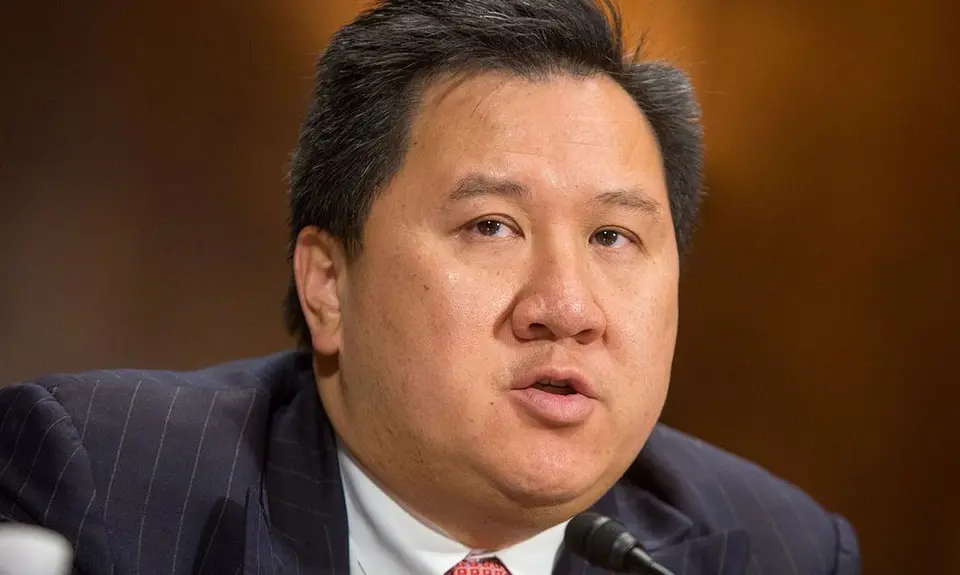“Confirmed Judges, Confirmed Fears” is a blog series documenting the harmful impact of President Trump’s judges on Americans’ rights and liberties. Cases in the series can be found by issue and by judge at this link.
Trump Fifth Circuit judge James Ho argued in a January 2020 dissent in Harding v. County of Dallas that a district court decision against white voters’ claims of improper vote dilution should be reversed and the white voters should be given another chance to prove their case.
White voters in Dallas County, Texas filed suit against a 2011 redistricting plan for electing county commissioners, claiming that the plan’s new map made it harder for white voters, who comprise 33 percent of the county, to elect Republican candidates of their choice and thus dilutes their votes in violation of the Voting Rights Act. After a four-day trial, the district court rejected their claims, finding that they had “failed to prove” that adding a second majority white district, as they had requested, would make it more likely that they could elect the Republican candidate of their choice. The white voters appealed the decision to the Fifth Circuit.
All three judges on the panel agreed that the white voters had failed to prove their vote dilution claims. Judge Ho partly dissented, however, arguing that the decision should be reversed, and the white voters should have another chance to prove their claims under what Ho contended were new standards established by the Supreme Court in Abbott v. Perez, which was issued just after the close of the Dallas County trial.
The majority squarely rejected Ho’s arguments, which “no party” to the appeal had supported. Initially, they explained, even before Perez, it was already the law that in order to prevail on a vote dilution claim, plaintiffs must demonstrate that that their preferred plan would “enhance the ability of minority voters to elect the candidates of their choice.” In addition, the majority pointed out, the Perez ruling had been immediately brought to the attention of the district court, and the white voters contended that the ruling “worked no relevant change in the law” and “did not seek the opportunity to present further evidence” before the district court issued its decision several months later. In short, the majority concluded, there was “no want of notice and no request for an opportunity to present further evidence.”
Several other aspects of Ho’s dissent are disturbing. Initially, as election law expert Rick Hasen pointed out, even as Ho claimed that plaintiffs will “have a harder time winning” voting rights cases after Perez, he still wanted a reversal and remand “for the white voters who failed to prove their case under” what Ho considers an “easier standard.” In addition, Ho gratuitously claimed that “three members of the Supreme Court have suggested that courts should not decide vote dilution claims under Section 2 of the Voting Rights Act” at all.
The Voting Rights Act was signed into law to ensure that historically marginalized communities have equal access to the polls. White voters have not and do not fall into that category, and generally cannot bring successful voting rights claims. But Ho’s dissent and reliance on Abbott v. Perez, a dangerous ruling in which fellow Trump appointee Neil Gorsuch joined an opinion that validated racial gerrymandering, suggests that he believes otherwise. Fortunately Ho’s views are clearly in the minority, even on the Fifth Circuit.
